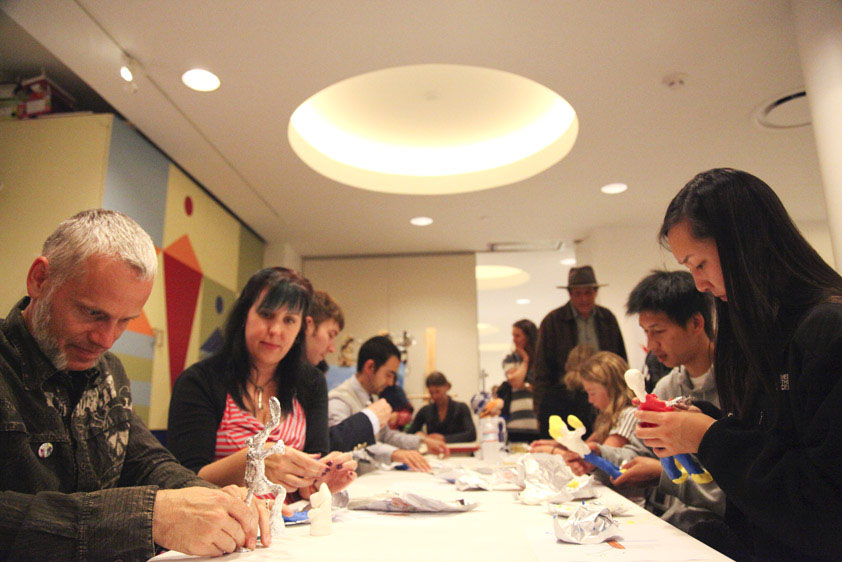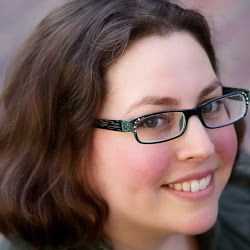It’s been an exciting time for the Public Program and Education Departments at The Walt Disney Family Museum. We’ve been really busy lately! Last October, we launched our Learn from the Masters series to provide adult audiences with a chance to experience workshops, lectures, or classes taught by industry professionals. This week, we launched our pilot of “Level 2” School Experiences in which we work with teachers to develop pre- and post-activities to bookend the field trip to the Museum and provide deeper, extended learning. We launched a whole slate of programming to support Between Frames: The Magic Behind Stop-Motion Animation and Snow White and the Seven Dwarfs: The Creation of a Classic. We’re in the process of developing a 12 Principles of Animation class for teenagers, and so very much more that I can’t tell you quite yet, but am itching to let you know about!

Why all these new programs? The short answer is that we want to build our educational and public programming up and out. Walt himself always pushed himself and his team to do bigger, better things. And while we’re proud of our existing programs like Open Studio, Look Closer, the feature public program, and School Experiences, we know that if Walt were at the table, he’d probably ask say something like, “Yes, that’s great, but what are you going to do next?” And like Walt, we believe that none of us really ever stops learning. We also believe that at the core of the desire to learn is a sense of wonder. So how can we spark that creative impulse that urges us to ask “why?” or “how?”
We’re doing a lot of reflecting on our experience as educators both in museum settings and in other more traditional settings. And we’re thinking about our programs, some of which are completely open-ended exploration and others that are formal lectures or classes. How can we describe what we believe is the best model of the learning process? (What can we say: we’re geeks at heart!)
While we’re finding a lot of interesting ideas about engagement and learning, one of the models we’re currently exploring comes from Mitch Resnick, Director of the MIT Media Lab Lifelong Kindergarten group. While many of his projects have a technology focus, they are all centered in creative, hands-on learner-centered experiences. To guide this work, he developed a learning model called the Creative Learning Spiral. The model a never-ending process: imagine, create, play, share, reflect, imagine… This process is repeated as many times as the learner wishes. We like this model for lots of reasons. First, each one of these steps describes how Walt worked! Everything he did, he imagined, he created, he played, he shared, he reflected, and then imagined what the next thing might look like, only better.
We also like this model because regardless of whether you’re coming to the Museum as part of a formal School Experience with your class, experimenting with creating concept art using pastels in the Learning Center in Open Studio, building stop-motion puppet armatures in a Masters series workshop, or coming to an Animate Your Night event, you too are going through these five steps. Resnick’s model of learning is just one, but by putting imagination in the center, and recognizing the importance of creativity, play, sharing, and reflection, from both a personal and academic perspective, it’s a great fit. And we’re not done! We’ll continue to update you on our program development as we too follow Resnick’s Creative Learning Spiral.
Our hope in the Public Programs and Education Departments is that after coming here, you will be inspired to continue to imagine, create, play, share, reflect, and then imagine some more wherever you go.

Jennifer Dick
Engagement Programs Manager
at The Walt Disney Family Museum
Read more about how Resnick and the Lifelong Kindergarten Group from the Media Lab are using technologies to help students tap their creativity through a thoughtful, deliberate (yet flexible) process here(PDF). For an even wonkier paper, check out his presentation paper on the Creative Learning Spiral “All I Really Need to Know (About Creative Thinking) I Learned (By Studying How Children Learn) in Kindergarten*.”
